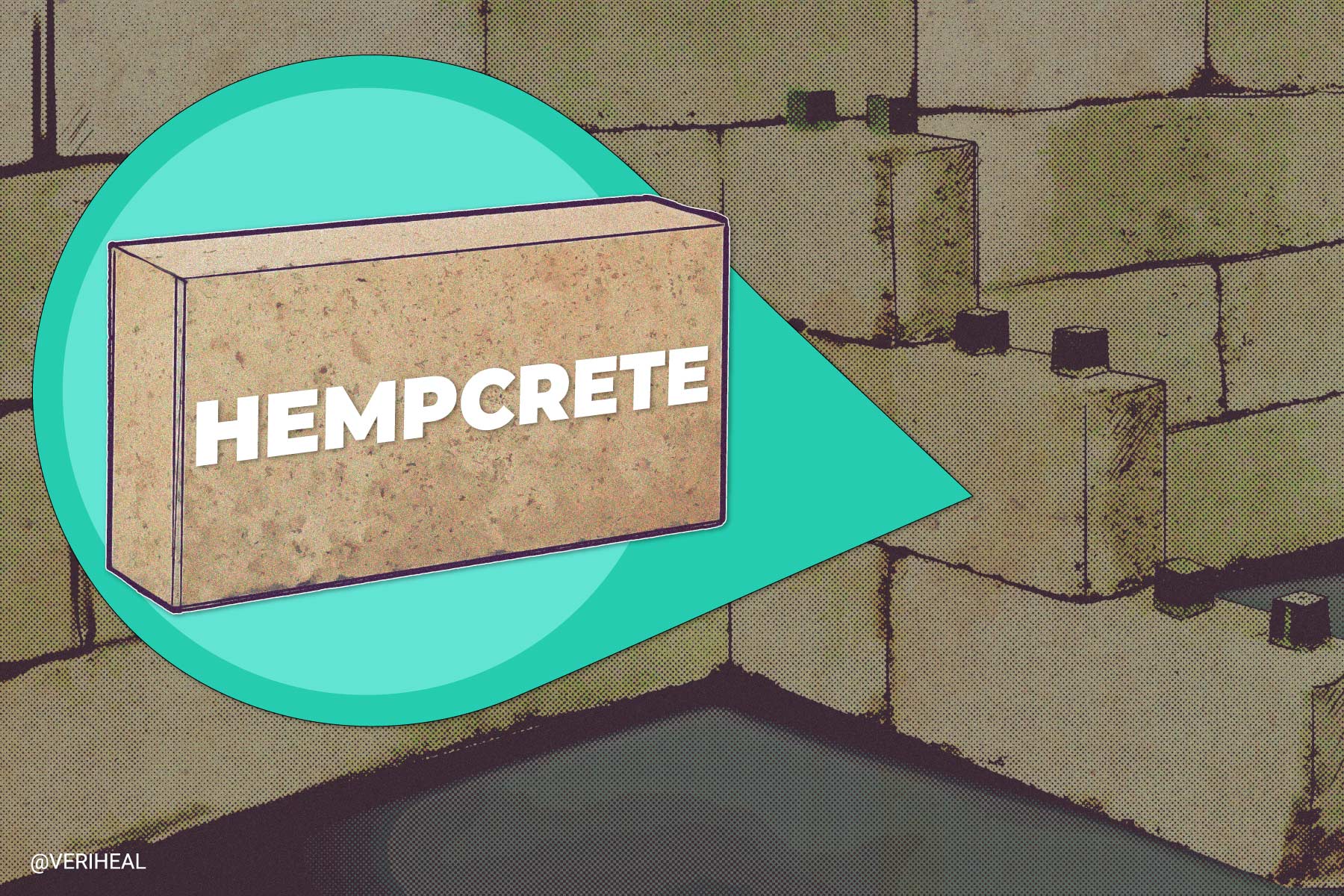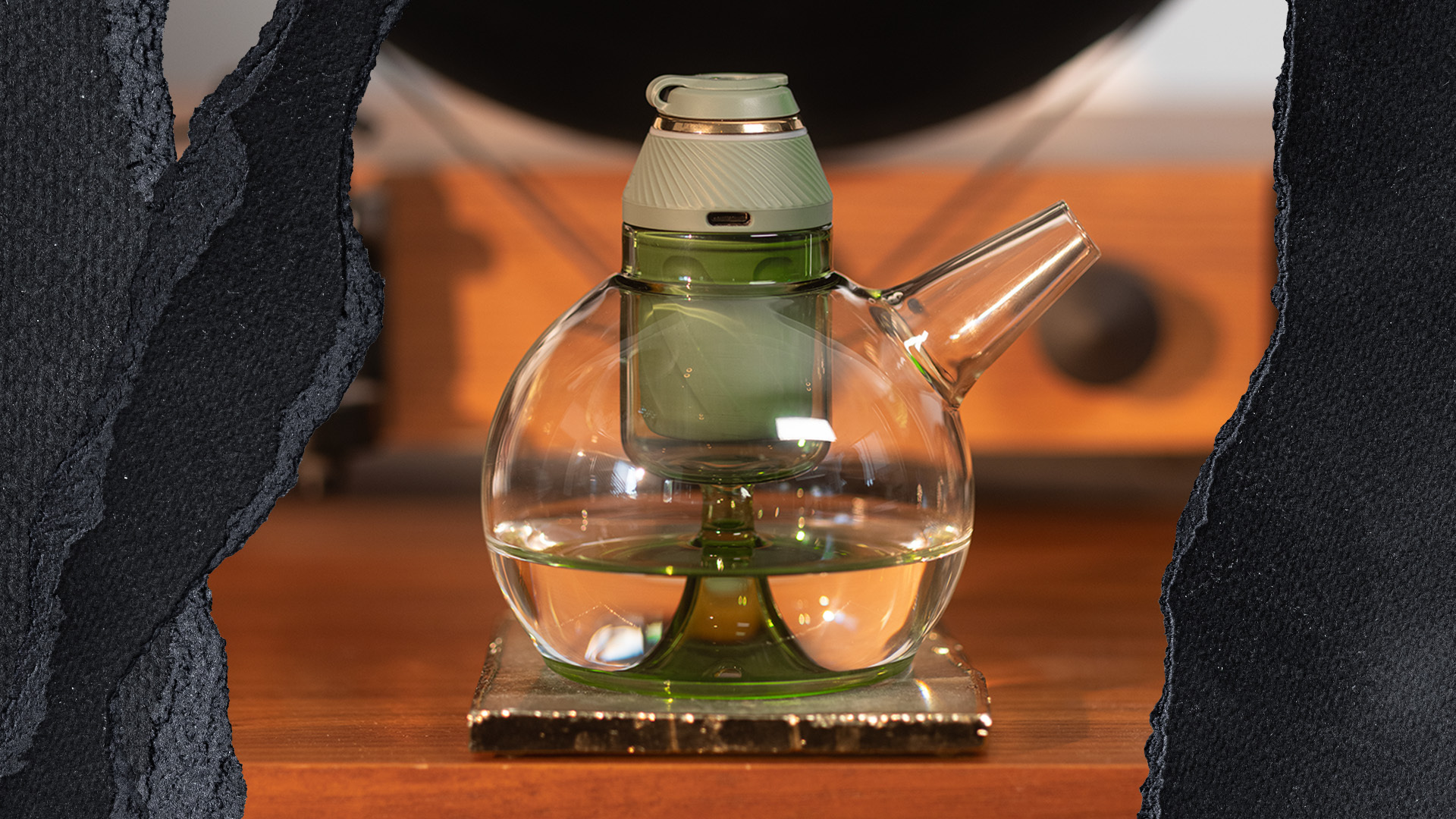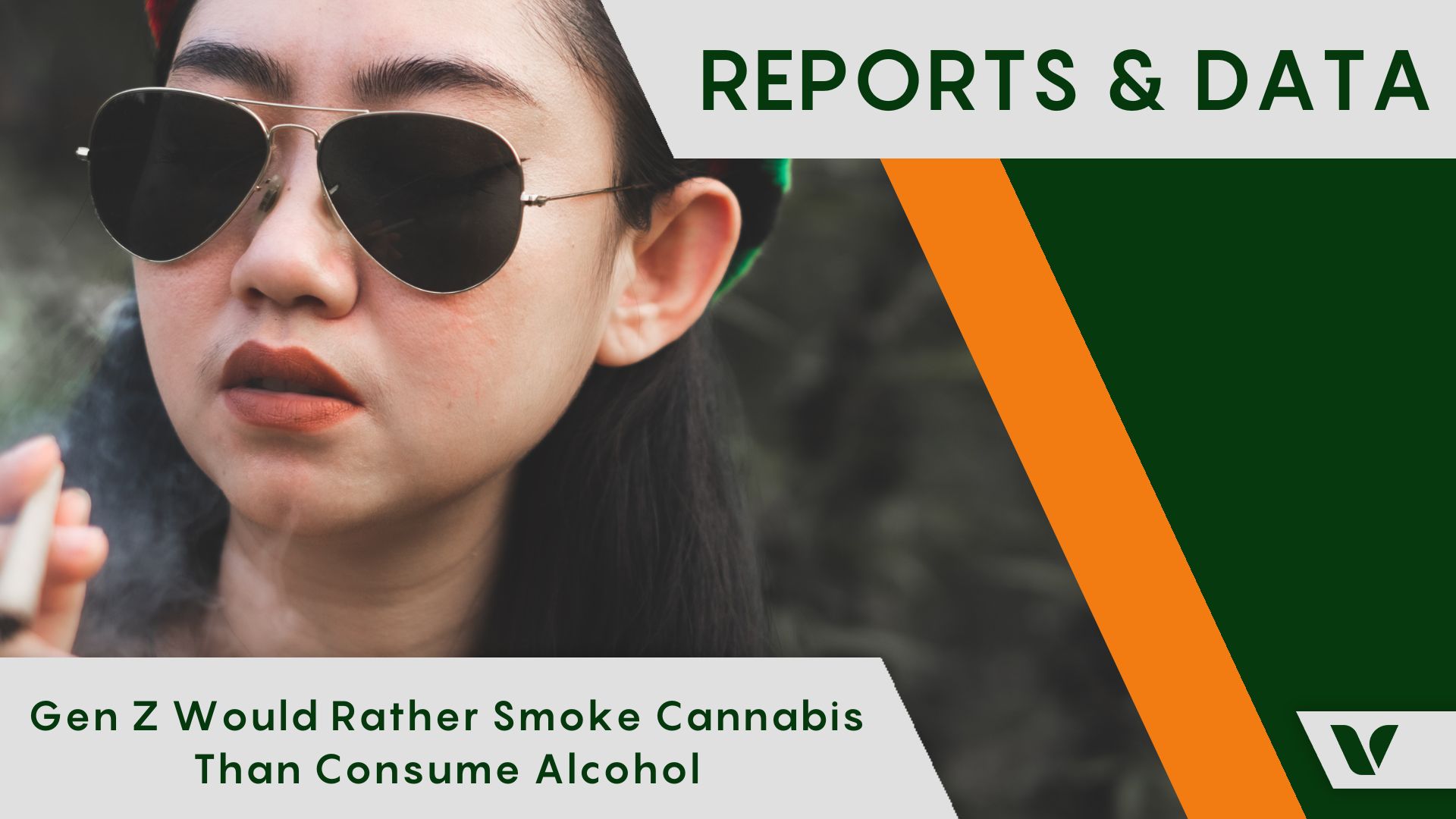In early January of this year, Hempcrete insulation was submitted for consideration to receive certification for U.S. building codes. The U.S. Hemp Building Foundation, a 501-c non-profit division of the U.S. Hemp Building Association or USHBA, for short, filed the necessary paperwork to get the ball rolling. USHBA is focused on a mission “to support and advocate for hemp building professionals, projects and materials in the United States. To facilitate the establishment, stabilization, and growth of a thriving American hemp building Industry.”
If Hempcrete insulation receives the necessary approval it will be available for residential and commercial applications. This means everyone from your everyday DIY project person to residential and commercial contractors would have access to hempcrete insulation like other building materials. Current regulations call for engineers, architects, contractors, and other builders to receive individual project approval for the use of hempcrete on a project-to-project basis.
What is Hempcrete and Hempcrete Insulation?
Hempcrete and Hempcrete insulation are building materials made using industrial hemp. Industrial hemp is a form of cannabis with little to no THC. Hemp looks similar to psychoactive cannabis plants when it grows. The stalks of the hemp plant are prized for their bast fibers which are some of the longest and strongest plant fibers on the planet.
Hempcrete is created by mixing the dried woody part of hemp stalks known as bast fibers with a binder, such as a lime-based one. The mixture will harden as it sets, similar to concrete. The mix can be shaped into blocks, panels, and more. The cost of hempcrete insulation, according to information on the web, depends on a few things but averages between $1.35 to $3.10 per square foot. According to Green Building Canada, “Depending on the mix variables, hempcrete can be used as roof, wall and/or slab insulation.”
Some benefits of Hempcrete are:
- Virtually fireproof
- Biodegradable
- Non-toxic
- Resistant to mold
- Waterproof
- Rot-proof
- Contains good thermoacoustic properties
The Future of Hempcrete: USHBA Files For Certification in U.S. Building Codes
Jacob Waddell, USHBA President, told media sources that the submission of documents to obtain approval for hempcrete insulation certification in U.S. building codes “will show a pathway for using hempcrete as a building material.” This could be a huge victory for the environment and consumers as hemp is some pretty amazing stuff.
Hempcrete insulation getting certification in U.S. building codes would, in essence, pave a path for more hempcrete applications in the future. In an interview with HempBuildMag, USHBA President Jacob Waddell said, “The goal is to allow you to build with hempcrete without needing an alternative material variance.” America is falling behind when it comes to tapping into valuable natural resources like hemp. In a sense, America is forgetting its past and how the country was built on the long, strong fibers of hemp.
Why You Should Get Your Medical Marijuana Card
Veriheal has satisfied millions of patients nationwide by giving them access to these benefits
- Larger purchase limits
- Peace of mind
- Enhanced legal protection
- Access to higher potency strains
- Save up to 25% on cannabis purchases
- Skip the line at the dispensary
Hempcrete insulation is paving the way to request the certification of Hempcrete in the International Building Codes for commercial buildings when the next application process starts in 2024. Jacob Waddell told the media, “Submitting to the IRC is just the first step in a very long process to get hempcrete where we’re able to use it more readily.” Receiving approval would be the first in many steps of a long walk toward allowing cleaner, greener, sustainable options for building materials.
America is Falling Behind When It Comes to Sustainable Building Materials
Hemp is a common building material used in France and the United Kingdom. Canada also has a vested interest in using hemp as a building material. A company in Alberta produces sustainable hemp building blocks. This company says that the blocks can be assembled like Legos. These hemp building blocks are made from carbon-negative materials, plus they are heat-resistant and humidity-free.
The end result produces a beautiful home that reduces our carbon footprint while helping to regulate temperature and improve air quality for the occupants of the home. If you find this hard to believe, check out this video showcasing what other countries are doing with the incredible hemp plant.
The request for approval for use in the U.S. Building Codes is a huge step in the right direction for hempcrete products. Let’s just hope that the IRC is able to recognize all of hemp’s potential.
America Wasn’t Always So Anti-Hemp
Hopefully, hempcrete insulation will receive approval, and America can start exploring the endless applications of the hemp plant. At one time in America’s history, hemp was on its way to the top. In 1938, the magazine Popular Mechanics, called hemp the “new billion-dollar crop with over 25,000 uses and applications.”
Let’s not forget that hemp helped America win World War II. During this time the American government urged farmers to grow hemp for the war effort. An example of this push can be seen in this American pro-hemp propaganda video called “Hemp for Victory.”
Everything was going great for hemp and humanity, and America’s relationship with hemp could have turned out much different than it did. However, the war was won in 1945 and marijuana prohibition that started in 1937 was in full swing. Hemp was tossed into the same category as cannabis. Finally, cotton swooped in to become the “fabric of our lives,” and officially replaced hemp.
Soon many other materials would make their way to the market—all with strong environmental impacts. It didn’t have to turn out this way. Let Washington know you support hemp and hemp building materials. Let’s get back to our roots and embrace hemp as well did in the past.
Author, Share & Comments















